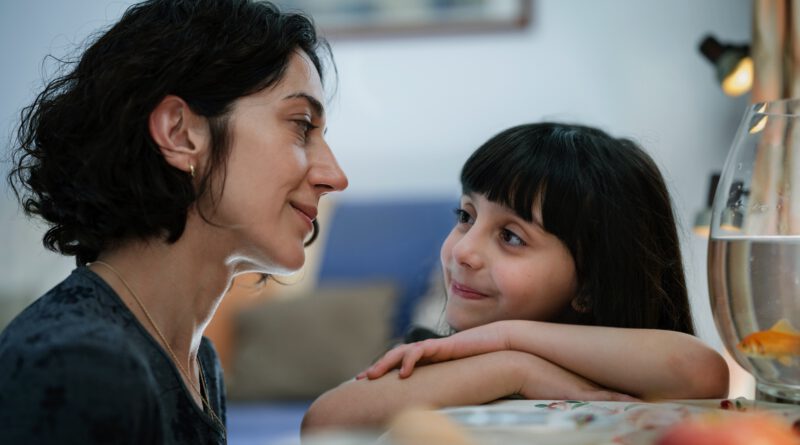‘Shayda’ review: A personal and poetic debut about mothers and daughters
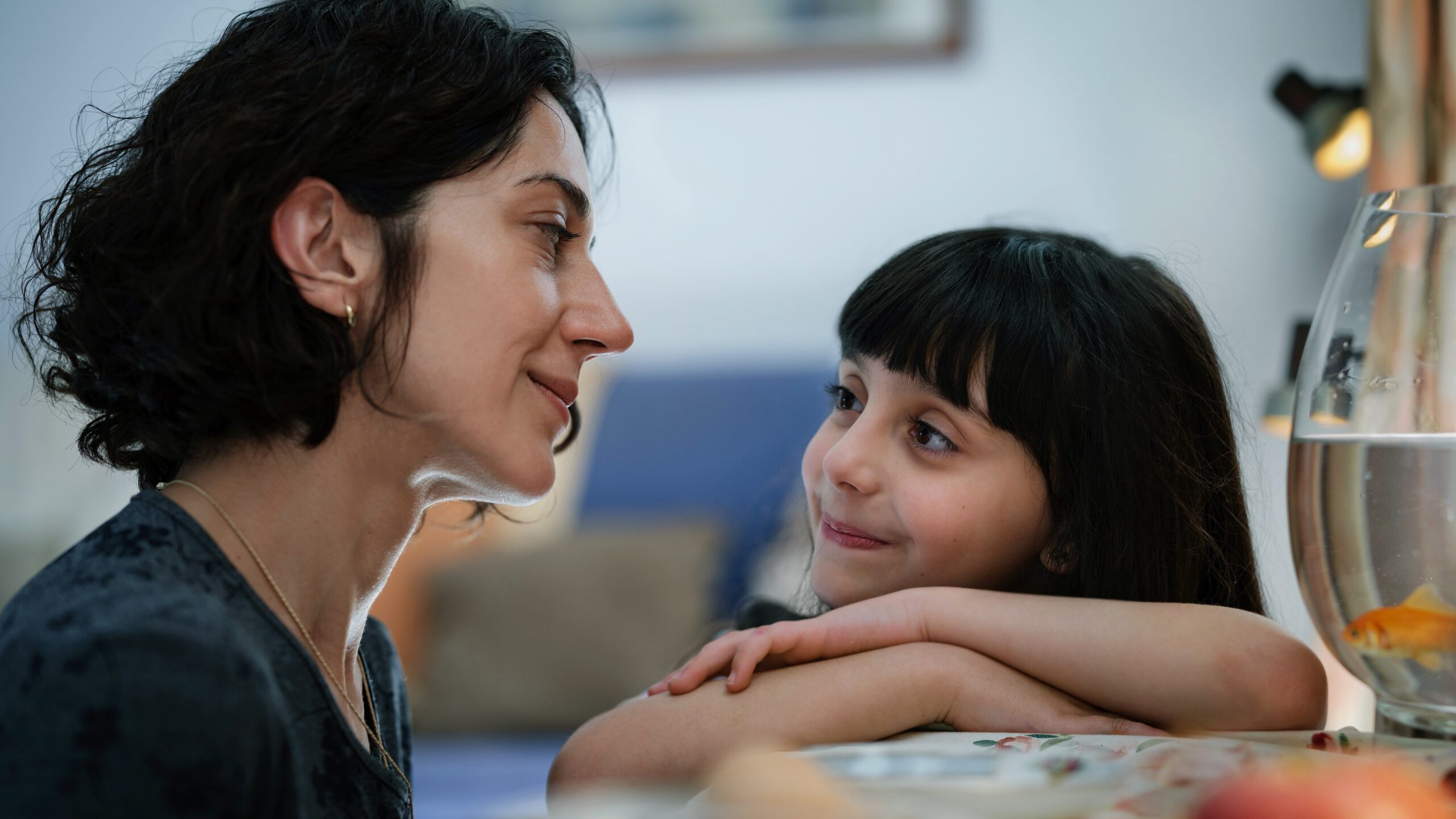
Drawing on her own childhood experiences, writer/director Noora Niasari makes a riveting feature debut with Shayda. Set in ’90s Australia, this drama centers on an Iranian mother, her young daughter, and the abusive husband she’s trying to escape. Through their story, Shayda suggests that bravery is a multifaceted process built through fear and adversity, rather than an innate characteristic.
Led by an impeccable cast, and a particularly powerful performance by young child actress Selina Zahednia, Shayda oscillates between the private, intimate lives of a mother and daughter in an unfamiliar land, and the wider webs of Iranian diaspora and Australian legalese they’re forced to navigate. The expectations foisted upon them from either side go hand-in-hand with suffocating patriarchal impositions, inching ever closer to the safe haven they’ve temporarily built. This film unfurls each character’s story as though it were opening up entire worlds, weaving a riveting tapestry of strength and isolation, forces ever at war within the characters and all around them.
The resultant film is Australia’s Oscar entry for Best International Feature Film, and one of the most gentle and poetic movies to hit theaters this year.
Shayda is a powerful story of mothers and daughters.
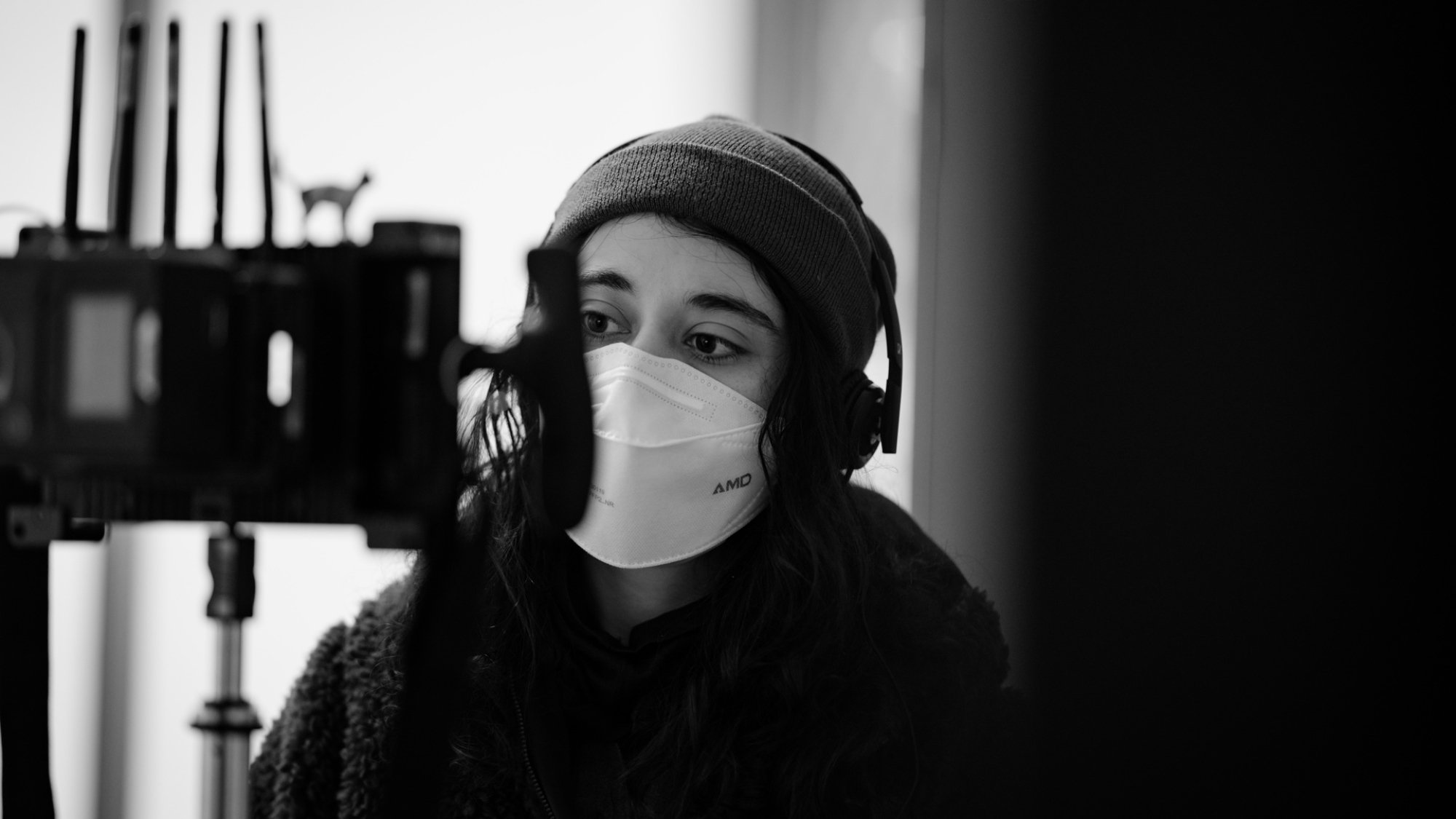
The film opens with a striking sense of urgency, as recently immigrated single mother Shayda (Zar Amir Ebrahimi) and social worker Joyce (Leah Purcell) quickly usher 6-year-old Mona (Selina Zahednia) through a Melbourne airport. It seems, for a moment, as though they’re being chased. But this chaotic scene turns out to be a rehearsal — an exercise meant to instruct young Mona to find a uniformed airport security guard should her father ever bring her here alone.
Even before we meet Shayda’s husband Hossein (Osamah Sami), his presence looms large. He’s a threat for which each character seems inadequately prepared, between Shayda’s worn-out body language, Mona’s confusion, and Joyce’s careful attempts to get Shayda to translate these hypothetical scenarios from English to Farsi so that Mona understands when she might be in danger. The mother-daughter duo lives with Joyce at a suburban women’s shelter, where other women (Australian and foreign alike) have taken refuge with their own mothers and young children. Though they each have a story, they usually keep it close to their chests.
With the court decision over Hossein’s visitation rights pending, Joyce helps translate Shayda’s case with other social workers over the phone. Through these difficult scenes, we learn the details of Hossein’s actions, which, though they’re implied rather than shown, feel stomach-churning thanks to Shayda’s reluctant narrations into the record, during which she nearly shuts down. When the verdict doesn’t go Shayda’s way, the broken family is forced back together for a few hours each week. These are the broad strokes of the movie’s plot, one largely told through Shayda’s eyes. However, Niasari’s conception of this story places an equal importance on Mona (an avatar for the director’s 5-year-old self), and the way she sees her mother navigate this tumultuous challenge to her own safety, and her daughter’s.
As Shayda takes tiny steps out of her reserved shell, she becomes the narrative focus not only for the audience but for Mona too, whose gaze Niasari constantly captures. When the mother defiantly cuts her hair short, Mona watches on in shocked amusement. The film is just as much about Shayda’s struggle for self-determination as it is about Mona’s struggle to understand her place in this story, as a young Persian girl several continents away from her parents’ culture and everything she knows. There are hints of other Iranians in the movie’s margins, between local shops selling familiar spices and the family friends Shayda runs into. But at first, she has no choice but to wall herself off from everyone and everything remotely familiar for the sake of Mona’s safety, given how entwined Hossein is with the local Iranian community. This leaves Mona, who speaks only Farsi, unable to communicate with anyone but her mother, who becomes her tether to all things Persian and Iranian.
This becomes especially important given the movie’s setting: the build-up to Nowruz, the Persian new year.
Shayda is a thoughtfully crafted film about renewal.
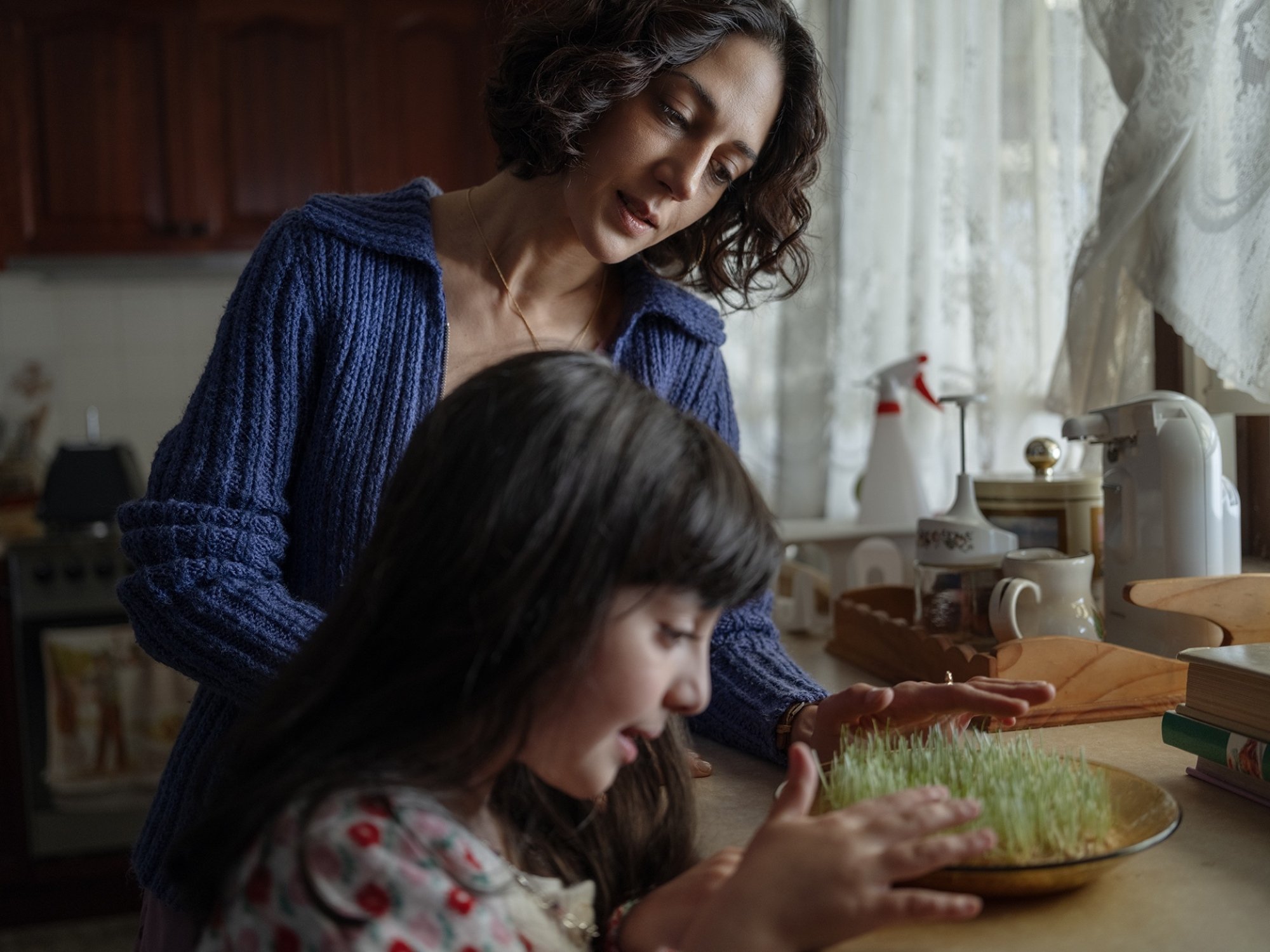
Nowruz is a time of renewal and rebirth, a promise Shayda sorely needs. However, this particular Nowruz feels alien to her. Not only is it her first time celebrating alone, away from her family, but the seasons are inverted too. In the Northern Hemisphere, Nowruz marks the beginning of spring. In Australia, it’s the beginning of autumn. The leaves are dying, and the days are getting shorter and colder. The holiday doesn’t offer the sense of hope that it should.
By setting the film around Nowruz, Niasari creates a vital tonal paradox, as Shayda tries to impart the holiday’s rituals and beliefs while she protects Mona from the grim reality outside the shelter’s walls. Their haft sin, an arrangement of seven symbolic items in the lead-up to Nowruz, occupies only a small, lonely corner of the house. Joyce is nothing but accommodating, but the mother-daughter duo’s identity feels stifled by default. One of those items, sabzeh, a plate of lentils meant to sprout over several days, is particularly evocative of spring and new life, but even when placed upon a windowsill, it can’t help but clash conceptually with the gloomy clouds outside.
The film’s narrow 4:3 aspect ratio is equally stifling, forcing Shayda and Mona to occupy smaller corners of a given screen. (Modern televisions and even most modern theaters are likely to box the image on either side, presenting it as a small sliver of a wider picture to which we don’t have access.) And yet, the way Shayda and Mona manage to steal joyful moments within this frame, and the way they invite other women at the shelter to dance with them in moments of celebration, fills the film with momentum and intoxicating beauty. It feels tangible and alive.
What works best about Niasari’s filmmaking is her commitment to realism through silent close-ups, which gives space to one of the year’s very best performances.
Shayda features a powerful ensemble, led by Zar Amir Ebrahimi.
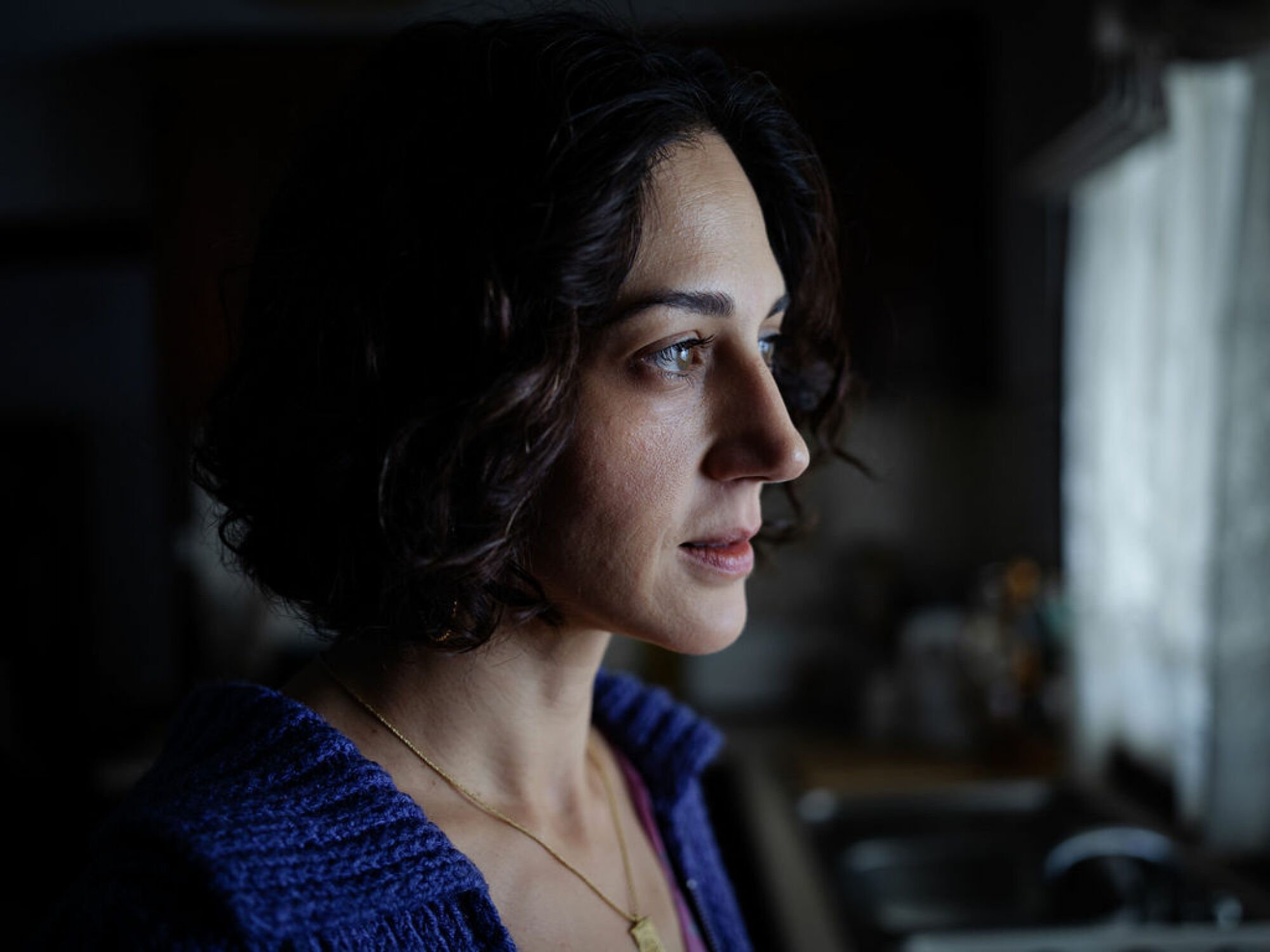
Last year, Zar Amir Ebrahimi starred in the Iran-set European thriller Holy Spider, a 2000-set true crime tale about gendered violence and the social permission it’s often granted. Shayda plays, in some ways, like its quieter B-side, a much less sensationalized but equally true and important story that draws from the same cultural wellspring and arrives in timely fashion. It wrapped filming just weeks before the onset of Iran’s widespread “Zan, Zendegi, Azadi” protests (“Woman, Life, Freedom“).
As Shayda, Ebrahimi focuses inward to give us an intimate look at what life and freedom can look like when burdened by encroaching social expectations — or rather, in spite of these burdens, which take forms both subtle and overt. They manifest as both passing glares of conservative members of Melbourne’s Iranian diaspora, when Shayda begins venturing out and socializing more, but they become especially overwhelming through Hossein’s enveloping presence as he begins spending a few hours alone with Mona on a weekly basis. For those few hours each week, Shayda is overcome with unimaginable dread.
Each new hurdle comes charging at Shayda at a million miles an hours, forcing Ebrahimi to dig deep into the character’s muscle memory as she wrestles with her own instincts to wall herself off from the world. But on the other side of that wall lies potential happiness, whether in the form of a new romantic interest — Farhad (Mojean Aria), a charming young Iranian Canadian whom she knows through a friend — or the possibility of giving Mona a normal life.
Of course, the biggest roadblock standing in her way is Hossein, whose slimy deviousness is matched only by the flashes of vulnerability in Sami’s performance. He creates a realistic and multifaceted villain who feels deeply hurt at the thought of being separated from his daughter, but who hurts other people in the process of trying to win her back. His manipulative tactics ride such a fine line that you may, on occasion, find yourself wondering if he’s truly reformed and might be deserving of a second chance.
Selina Zahednia delivers one of the best child performances in years.
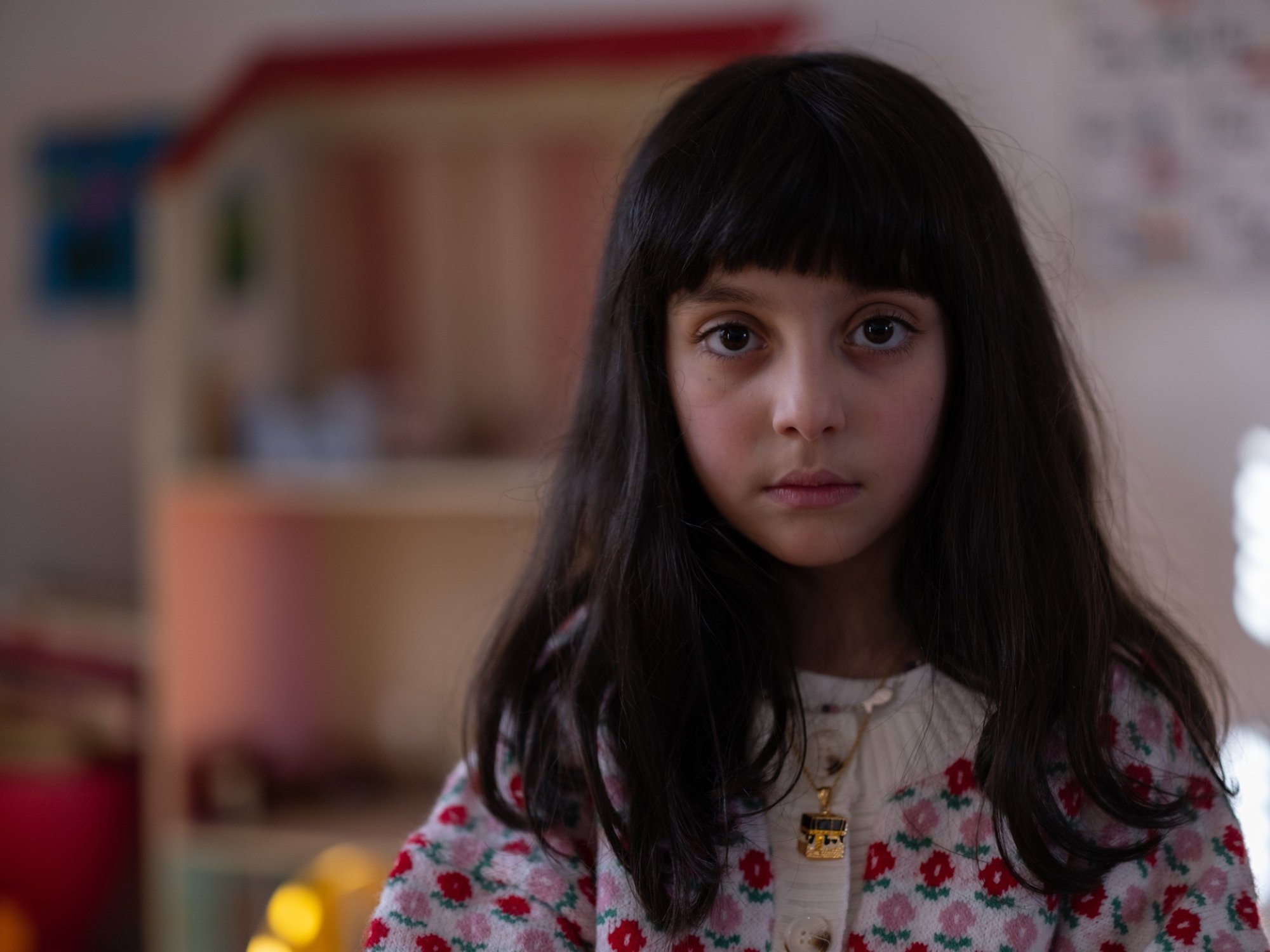
However, despite actual violence seldom being portrayed, the anchor to the film’s volatile reality is Mona. Seven-year-old Zahednia delivers a remarkable performance in her debut role, oscillating between excited, childlike fervor and the sheer exhaustion of living in fear. Her work is scarily realistic, especially in moments when Hossein seems close to stealing her away from Shayda, and the child becomes paralyzed by terrifying thoughts and possibilities.
What looms largest over Shayda is not the gendered trauma in women’s rearview, but the lengths to which they have to go to navigate violent futures when they have few protections — legal, social, or otherwise — except for themselves, and each other. By reaching into her own memories, Niasari paints a moving portrait of the kind of strength that can emerge in these scenarios against all odds. She honors the way it can be learned and passed down generationally, by mothers who deserve to live rich and complete lives they’re so often denied. In weaving these ideas into a vibrant fabric, she crafts one of the year’s most powerful films, a feminist drama unfolding at the delicate crossroads of violence and liberation.
How to watch: Shayda will have a limited release in NYC and LA Dec. 1 – 7 and expand in early 2024.
